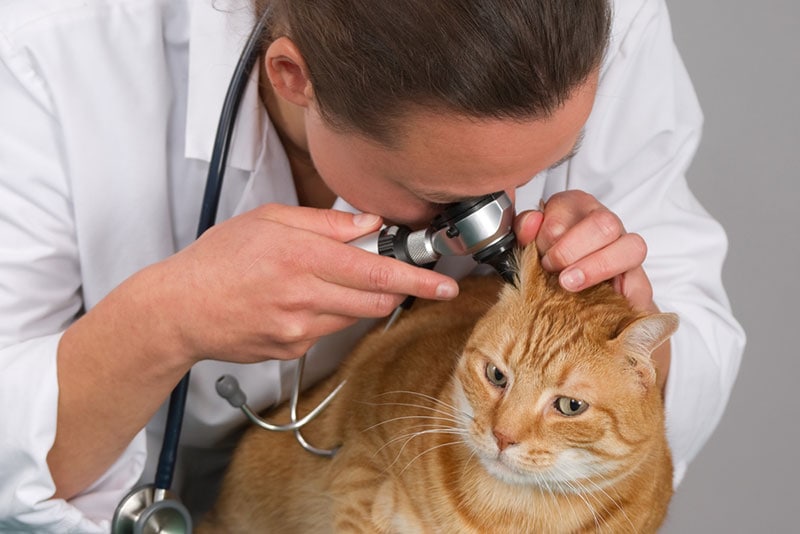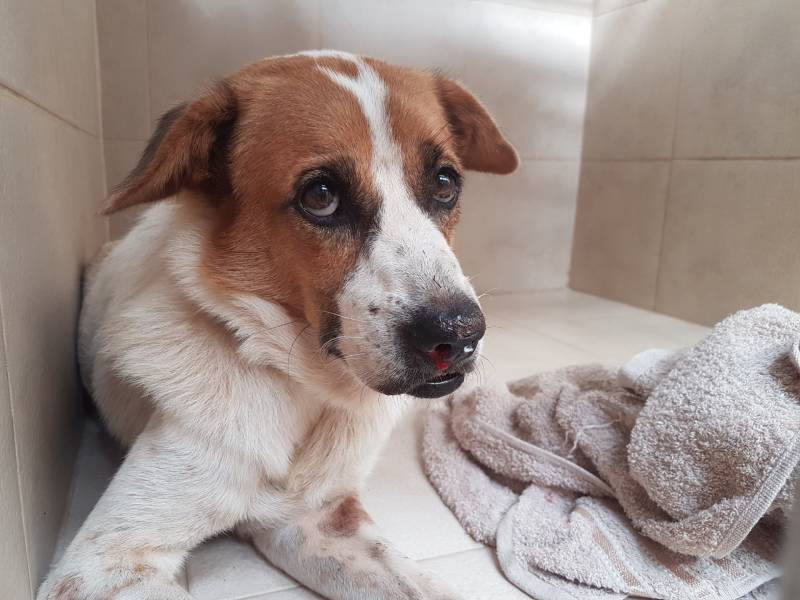How Do Vets Declaw Cats? Our Vet Explains the Procedure & FAQ

Updated on
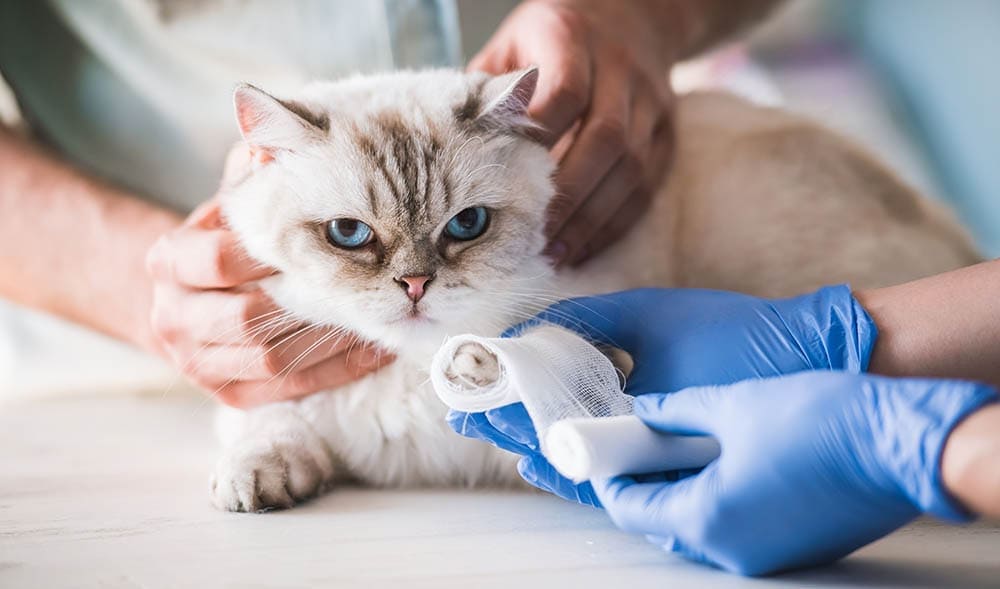
Click to Skip Ahead
Have you ever wondered how vets declaw cats? Cat declawing is a surgical procedure where the vet removes the last bone of the toe and the attached claw.
If you’re wondering how it works, we’ll answer all your questions in this article.
What Is Declawing?
Declawing is an operation that involves the removal of part of a cat’s toe bone and the attached claws. It is usually carried out on the front paws only. Declaw surgery is not considered routine surgery, as the declawing of cats is a controversial and emotional subject.
What Are the Benefits of Declawing Cats?
The main reason that cat declawing surgery is carried out is to reduce scratching and damage to furniture or people. This is the reason it’s so controversial – there’s no health benefit to a cat to declawing, so many people consider it unethical.
On very rare occasions, however, there are health benefits to a declawing surgery. Your veterinarian may recommend declawing your cat for health-related reasons if they already suffer from problems with their toes, or nails. For example, nail bed infections or cancers affecting the nail or toe.
What Are the Problems With Declawing Cats?
Apart from the ethical considerations, there are a few other problems with declawing cats. The main one is that, without their claws, cats can’t display many natural behaviors such as climbing, hunting, grooming, playing, and scratching. These behaviors contribute to a cat’s normal daily life and well-being. Declawing surgery may also change a cat’s gait, causing them to develop arthritis.
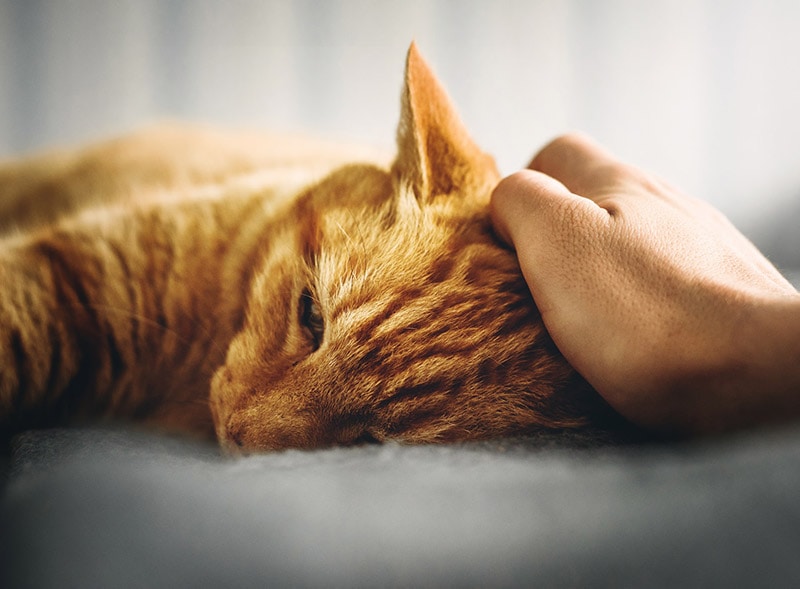
Is It Illegal to Declaw Cats?
Due to the welfare concerns of declawing cats, many countries in the EU have made it illegal unless it is to be done for a health-related reason. It is not banned in the USA and Canada. However, some states and cities have different legislation so it’s worth checking the laws in your state. In addition, vets may refuse to perform the surgery for their own ethical and moral reasons.
So How Do Vets Declaw Cats?
Cat declawing is a surgical procedure – your cat will need a general anesthetic. You will usually be asked to drop your cat off for the day, with an empty stomach. Painkillers and sedation will be given by injection first. A little while late, a cannula will be placed into the vein, and they’ll be given a general anesthetic.
Your vet will then remove the last bone of the toe and the attached claw. This will either be done with a scalpel blade or a laser beam. Laser surgery has been shown to produce less pain up to seven days after the surgery compared to a blade approach. The wounds are closed with stitches and bandages are usually placed on the paws after the surgery.
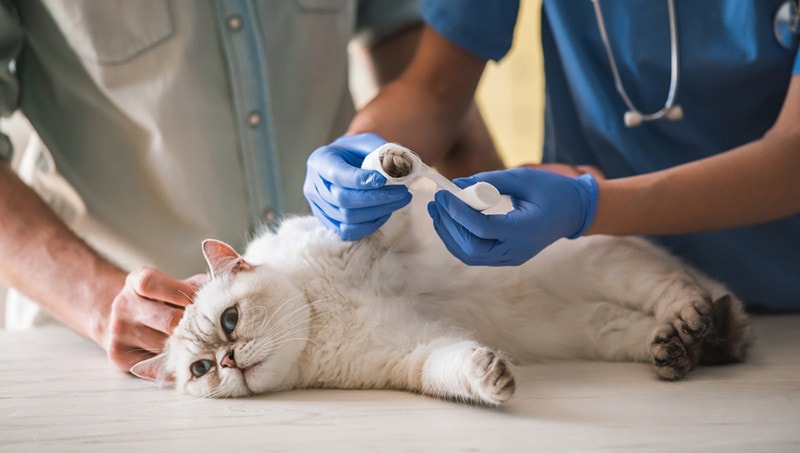
Is Declawing Cats Painful?
Declawing cats involves amputating the last bone of the toe, which is understandably painful. Pain during the surgery can be reduced by using multiple different pain killers and nerve blocks to make the area numb before surgery. Cats will be painful after the surgery, so they are given pain relief to go home with. Chronic pain is also a concern with declawing surgery.
What Are the Alternatives to Declawing a Cat?
Behavioral Training
Behavioral methods to prevent or redirect scratching should be tried before choosing to do declaw surgery. This may be done by encouraging play with toys and using scratching posts or beams.
Scratching posts will provide your cat with the ability to display their normal scratching behavior, which has been shown to provide an outlet for frustration, anxiety, and excitement in cats. Using the right type of scratching post, in the right place, really makes a big difference in how likely your cat is to use it. Posts should be sufficiently tall, sturdy, and the material your cat prefers, as well as in the location they feel the need to mark. Positive reinforcement training with treats to reward good behavior is a great way to redirect scratching behavior. Scenting the post with catnip can also encourage a cat to scratch their post.
Excessive scratching is often caused by stress, as a cat feels the need to mark their territory more than usual. Pheromone sprays can be used as a training aid to reduce stress, and therefore may reduce unwanted scratching. Other stress-relieving techniques may also help.
If you’re struggling with your cat’s behavior, talking to a feline behaviorist is the best way to prevent them from damaging furniture.
Frequent Nail Trimming
Weekly nail trimming will prevent your cat’s claws from becoming too long and sharp, and therefore reduce the destructive effects of scratching. It is recommended to get your cat used to their paws and toes being touched from a young age as this will make nail trimming lots easier.
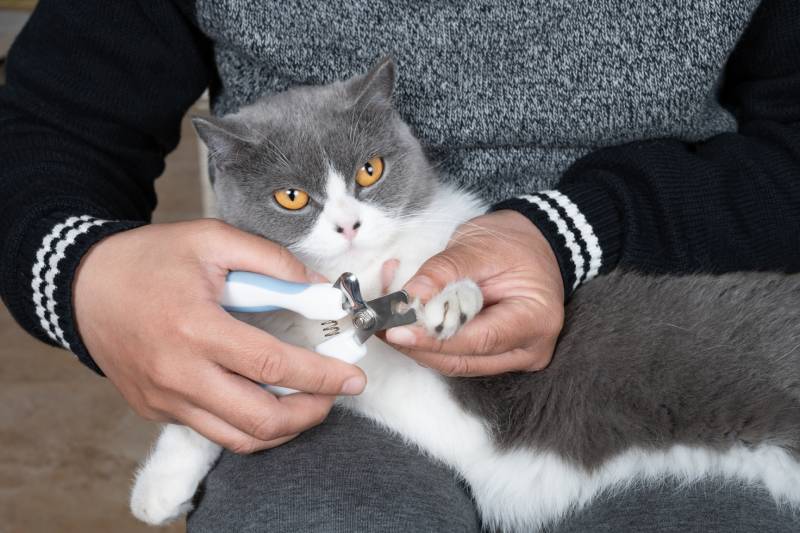
Environmental Changes
To avoid damage to furniture, a cat’s home can be adapted to avoid them from displaying unwanted behavior. For example, preventing access to certain areas to protect furniture.
Conclusion
In summary, declawing cats remains a debatable subject. Vets do not like performing declawing operations as it isn’t a surgery that helps the cat, and may predispose them to stress, arthritis, and other problems. Talking with your veterinarian to better understand the natural scratching behavior of cats and alternatives to surgery is the best place to start if you’re considering declawing a cat.
Featured Image Credit: VGstockstudio, Shutterstock




